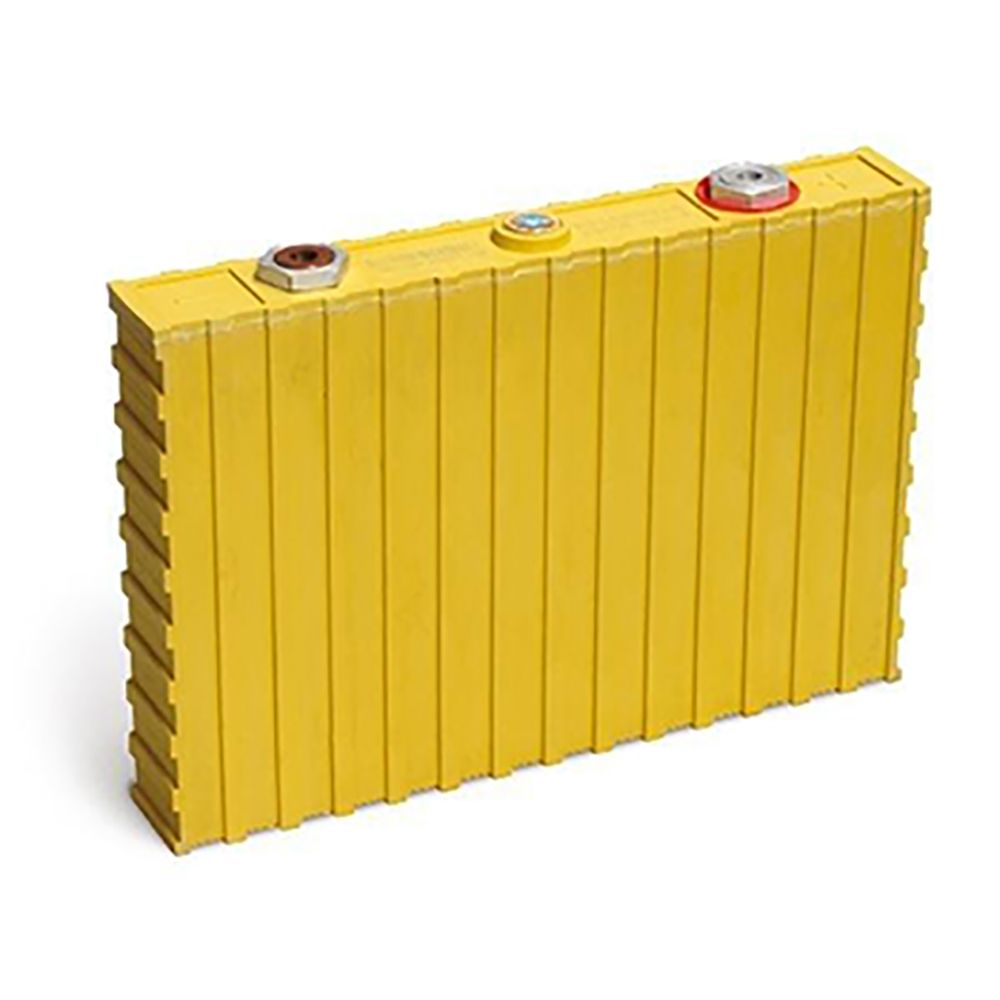Advantage of LiFePO4 Battery
The LiFePO4 battery uses a lithium-ion-derived chemistry and shares many advantages and disadvantages with other Lithium-ion battery chemistries. However, there are significant differences.
LFP chemistry offers a longer cycle life than other lithium-ion approaches.
Like nickel-based rechargeable batteries (and unlike other lithium ion batteries), LiFePO4 batteries have a very constant discharge voltage. Voltage stays close to 3.2 V during discharge until the cell is exhausted. This allows the cell to deliver virtually full power until it is discharged. And it can greatly simplify or even eliminate the need for voltage regulation circuitry.
Because of the nominal 3.2 V output, four cells can be placed in series for a nominal voltage of 12.8 V. This comes close to the nominal voltage of six-cell lead-acid batteries. And, along with the good safety characteristics of LFP batteries, this makes LFP a good potential replacement for lead-acid batteries in many applications such as automotive and solar applications, provided the charging systems are adapted not to damage the LFP cells through excessive charging voltages (beyond 3.6 volts DC per cell while under charge), temperature-based voltage compensation, equalisation attempts or continuous trickle charging. The LFP cells must be at least balanced initially before the pack is assembled and a protection system also needs to be implemented to ensure no cell can be discharged below a voltage of 2.5 V or severe damage will occur in most instances.
The use of phosphates avoids cobalt's cost and environmental concerns, particularly concerns about cobalt entering the environment through improper disposal, as well as the potential for the thermal runaway characteristic of cobalt-content rechargeable lithium cells manifesting itself.LiFePO4 has higher current or peak-power ratings than LiCoO2.
The energy density (energy/volume) of a new LFP battery is some 14% lower than that of a new LiCoO2 battery.Also, many brands of LFPs, as well as cells within a given brand of LFP batteries, have a lower discharge rate than lead-acid or LiCoO2.Since discharge rate is a percentage of battery capacity a higher rate can be achieved by using a larger battery (more ampere hours) if low-current batteries must be used. Better yet, a high current LFP cell (which will have a higher discharge rate than a lead acid or LiCoO2 battery of the same capacity) can be used.LiFePO4 cells experience a slower rate of capacity loss (aka greater calendar-life) than lithium-ion battery chemistries such as LiCoO2 cobalt or LiMn2O4 manganese spinel lithium-ion polymer batteries (LiPo battery) or lithium-ion batteries. After one year on the shelf, a LiFePO4 cell typically has approximately the same energy density as a LiCoO2 Li-ion cell, because of LFP's slower decline of energy density.

